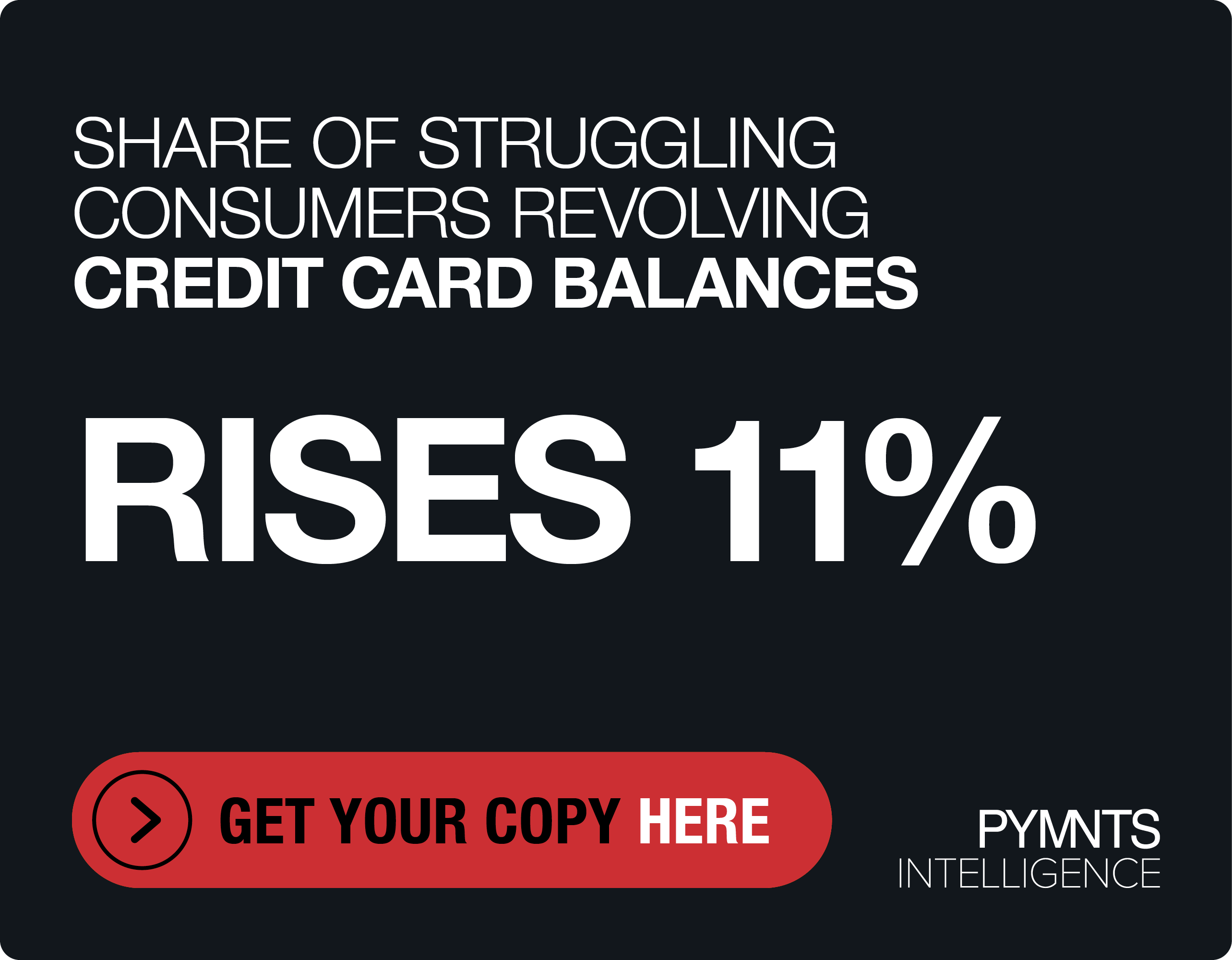Healthcare’s CIOs Are Losing Their Purchasing Power

Worldwide enterprise investment in IT is slated to reach $3.7 trillion, according to 2017 Gartner statistics, marking the fastest growth rate in a decade.
The healthcare industry is an aggressive investor in digitization, with HIMSS Analytics pointing to health information exchange, IT infrastructure, data archiving, pharmacy workflow systems and cloud computing as a few of the largest areas in which the industry is slated to fuel technology adoption, Healthcare IT News reported last year.
The chief innovation officer (CIO) is often the driver of digital adoption for an organization, but new research has suggested the CIO is losing their buying power in the healthcare sector — despite the current surge in IT spend and digitization efforts. In a recent Black Book survey of more than 1,500 executives, researchers found a dramatic decrease in the CIO’s purchasing power within their healthcare organizations, as well as evidence of stark changes in how the CIO fits within the healthcare enterprise.
“Traditionally, CIOs called the shots in IT purchasing after aligning with the department on its need, but digitalization is making a permanent change to the health systems IT purchase process,” said Doug Brown, president of Black Book, in a statement when the report was published. “As healthcare organizations transform work processes through digitalization, the department leaders involved must logically uphold the authority of those processes.”
HealthLeaders Media spoke with healthcare CIOs themselves last week to explore how they are experiencing this change firsthand.
“I think [the survey] makes a valid point,” reflected Intermountain Healthcare CIO Marc Probst in an interview with the publication. “I wouldn’t say the influence of the CIO has lessened, but I would say the interest and the influence of the end users has increased significantly.”
He added that he senses his decision-making role “has changed a lot.”
“Once upon a time, indeed, we made all the technology decisions,” said Probst. “Now, we share that with others.”
In another interview, Methodist Health System CIO and Senior Vice President Pamela McNutt said the industry is becoming more cloud- and subscription-based, and these technologies “can be purchased without the need to run [to their] IT data center.”
“Also,” she continued, “most organizations have moved away from building their own applications, so packages are often being pitched directly to our business lines.”
Where does this shift leave the CIO? Rather than taking the reins for the organization to develop its own technologies and data centers, healthcare CIOs are being forced to take on a more collaborative approach to helping their firms digitize. Below, PYMNTS runs through some of the key data points from the Black Book survey.
Eight percent of healthcare company purchasing decisions were controlled by CIOs in 2018, Black Book’s report found. It is a dramatic decrease from the 71 percent of IT-related decisions that were made by CIOs just three years prior. Furthermore, 90 percent of CIOs said they have been left out of the decision-making process when their firms have made technology investments in the last year, compared to only 17 percent that said the same in 2016.
Forty-five percent of survey respondents said more than one-third of IT spend will originate outside the IT department this year, demonstrating how investment in new technologies is no longer an IT department-only practice. Instead, the need to innovate is felt across departments. With the ease of procuring cloud- and subscription-based solutions, the CIO is no longer needed to complete that investment.
Twenty-one percent of healthcare CIOs said they feel they are meaningfully involved in key technology moves by their firms, including the development of market-facing technologies and the choosing of back-office software. Moreover, 29 percent of CEOs surveyed said that while the CIO is tactical, the role is “not strategic enough to navigate the complex healthcare business systems to drive financial success.”
Eighty-one percent of healthcare CIOs said they drive innovation and digital transformation for their firms. Yet, the vast majority of C-Suite respondents — 88 percent — said that CIOs are “developers and deployers,” and not a source of innovation or enterprise transformation. According to Black Book, the C-Suite believes that CIOs use technology, but don’t create it. The CIOs themselves, however, see their roles as transformational, yet underutilized within the enterprise.
Eighty-two percent of the industry’s CIOs said they “cringe” at the thought of their firms outsourcing IT operations. Yet, many areas of innovation and technology for the healthcare industry are emerging separately from the CIOs’ own operations. For instance, healthcare CEOs are increasingly prioritizing cybersecurity, but see it as a stand-alone area of the enterprise, not under the breadth of CIO operations.
